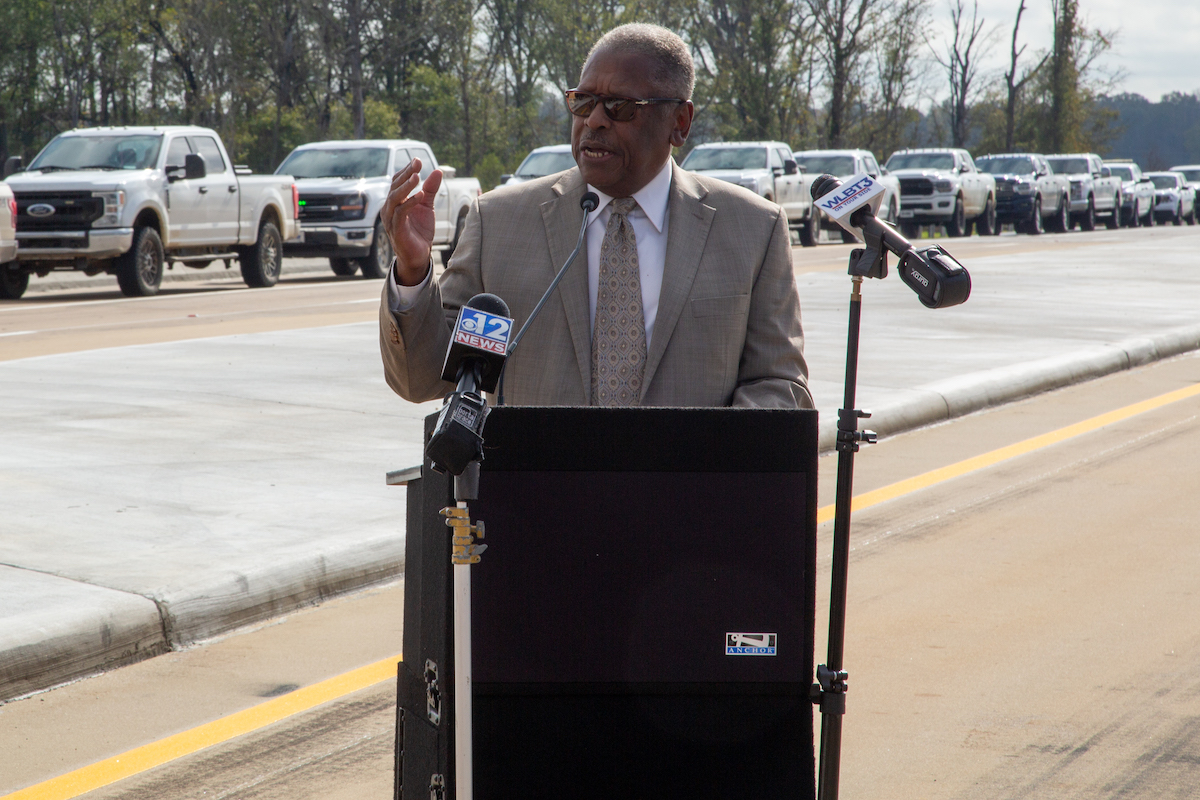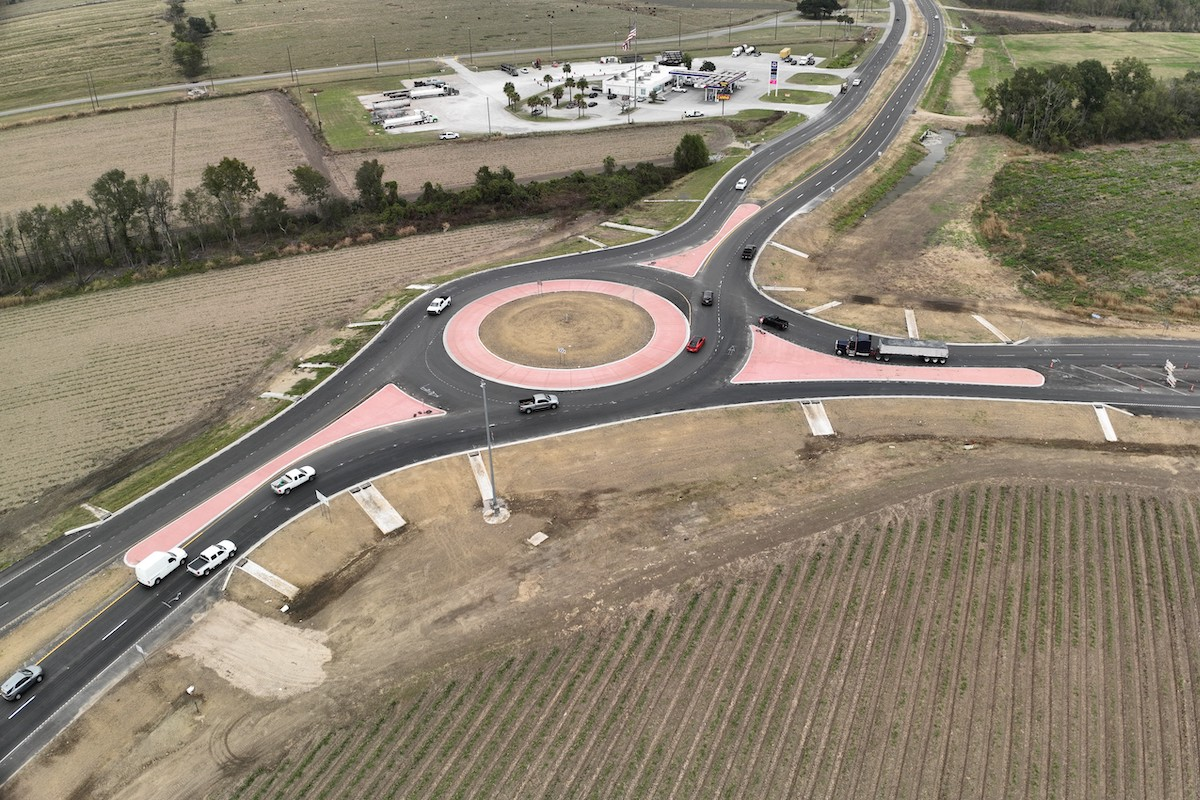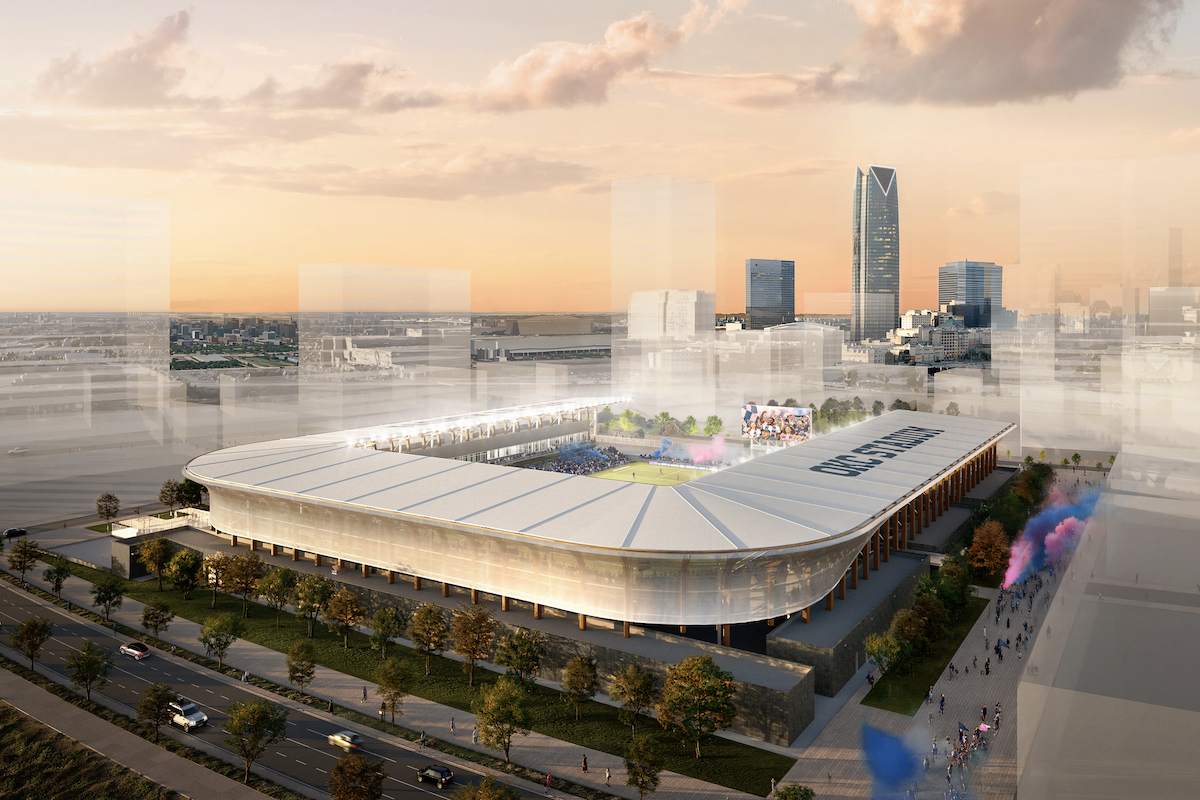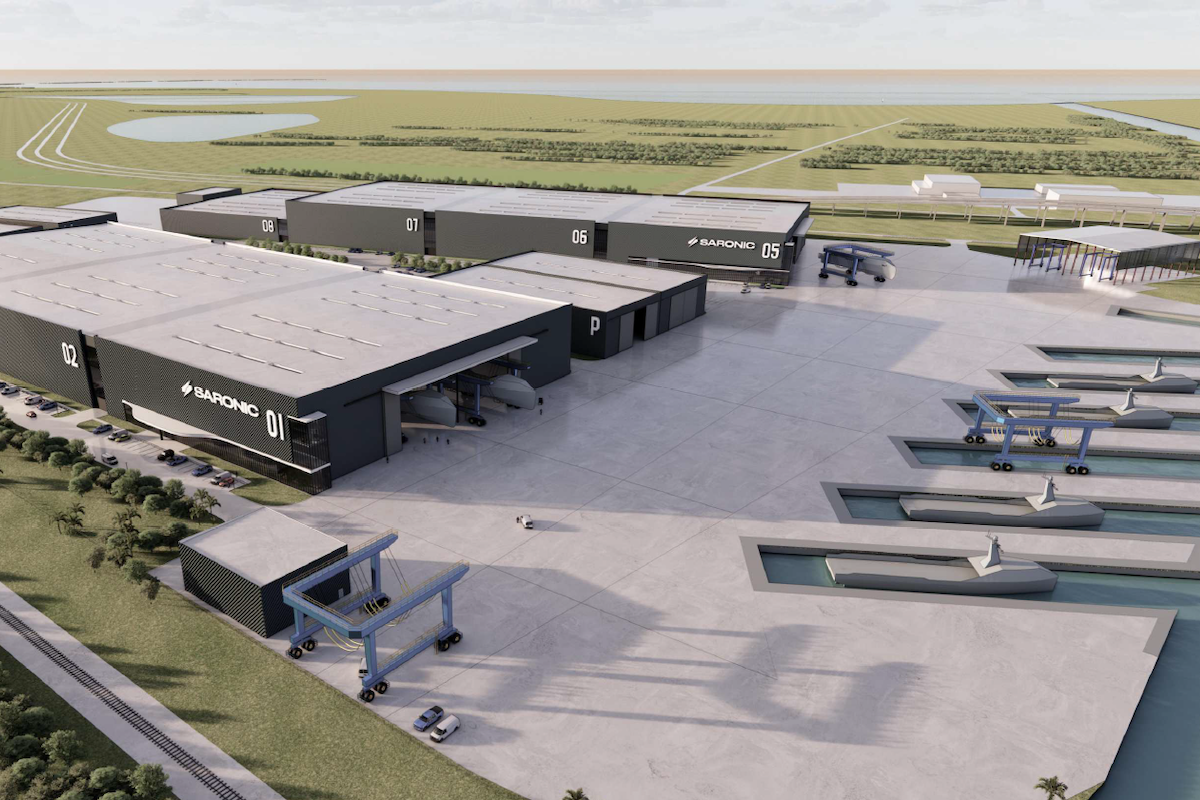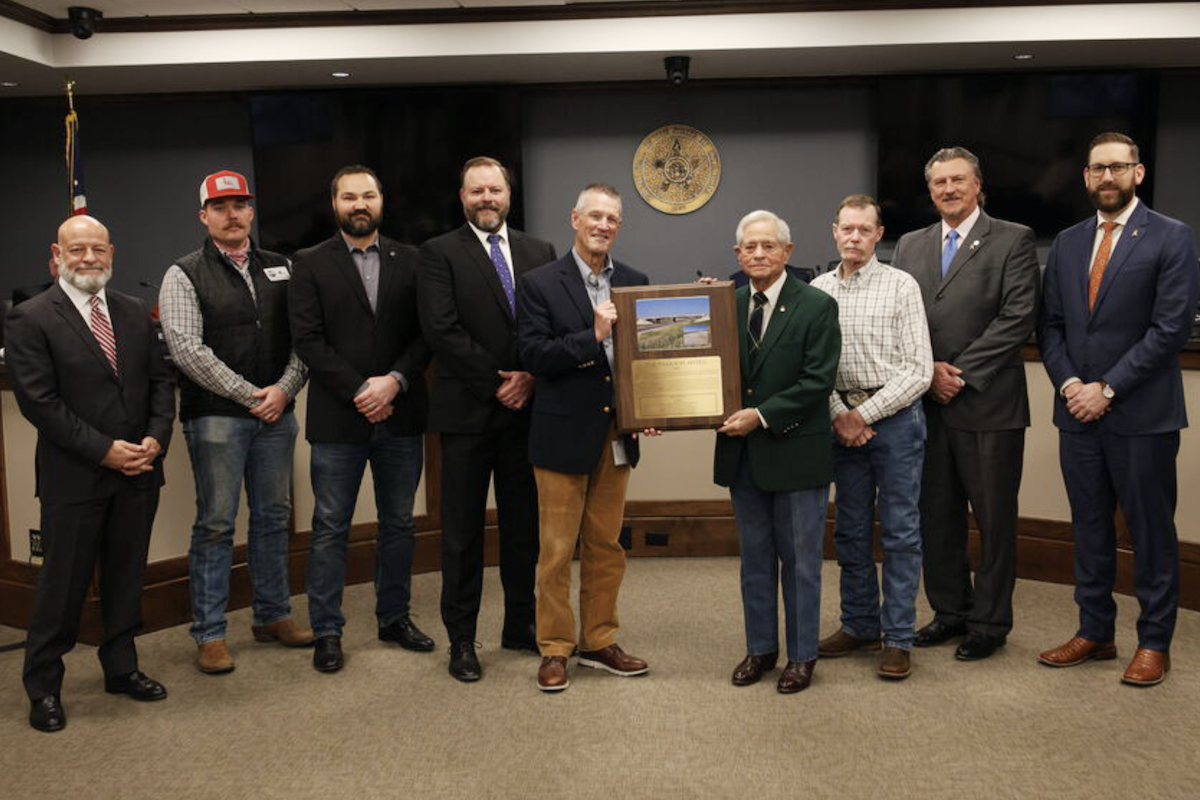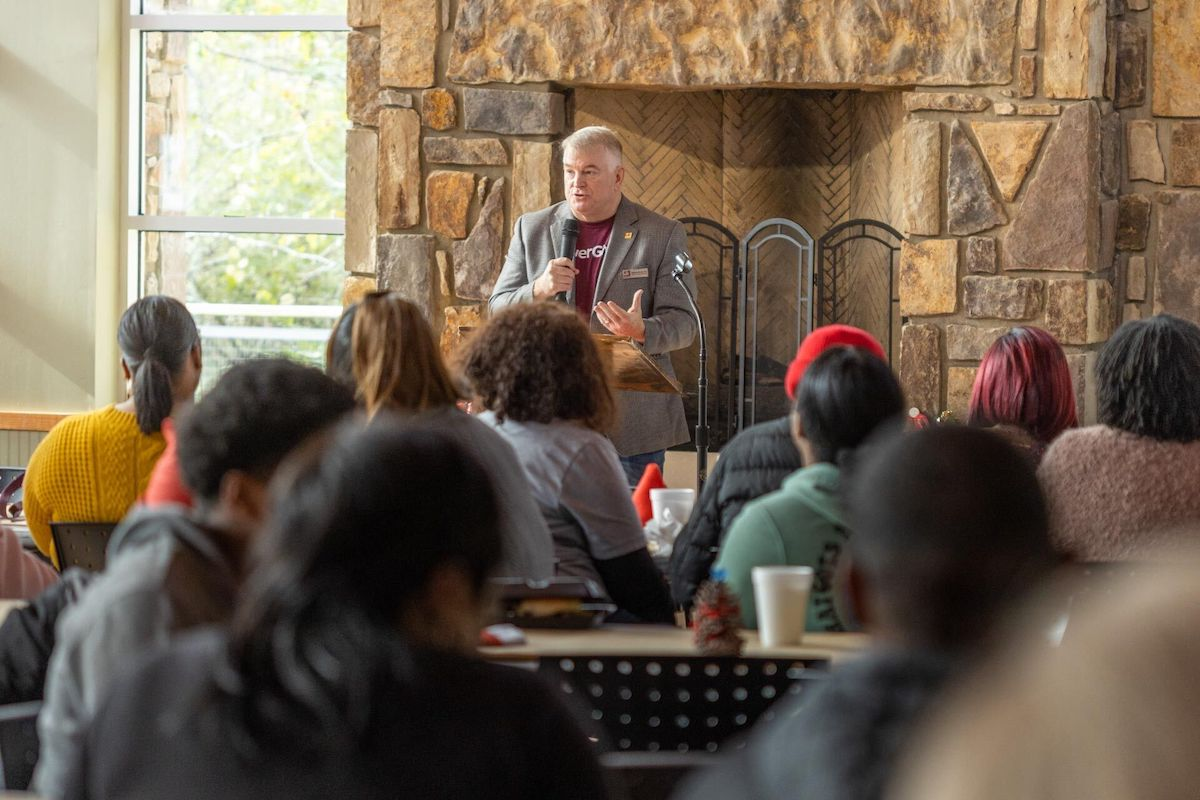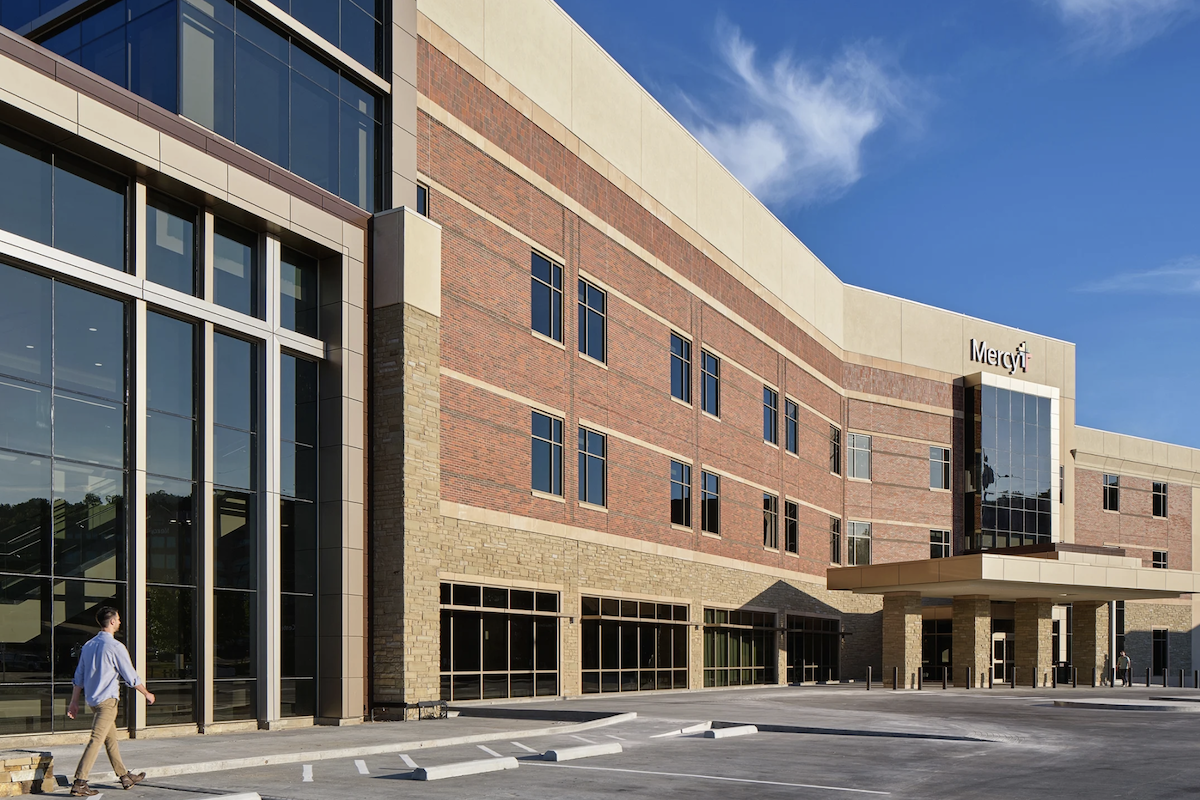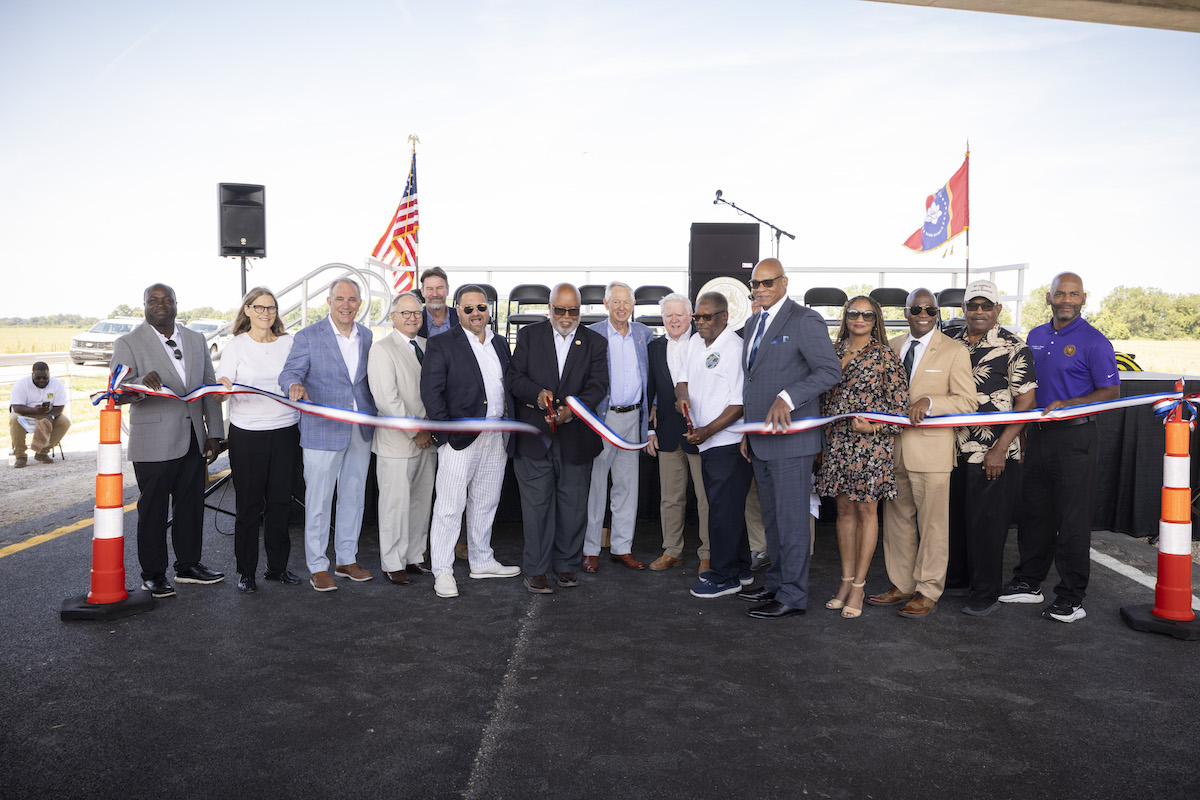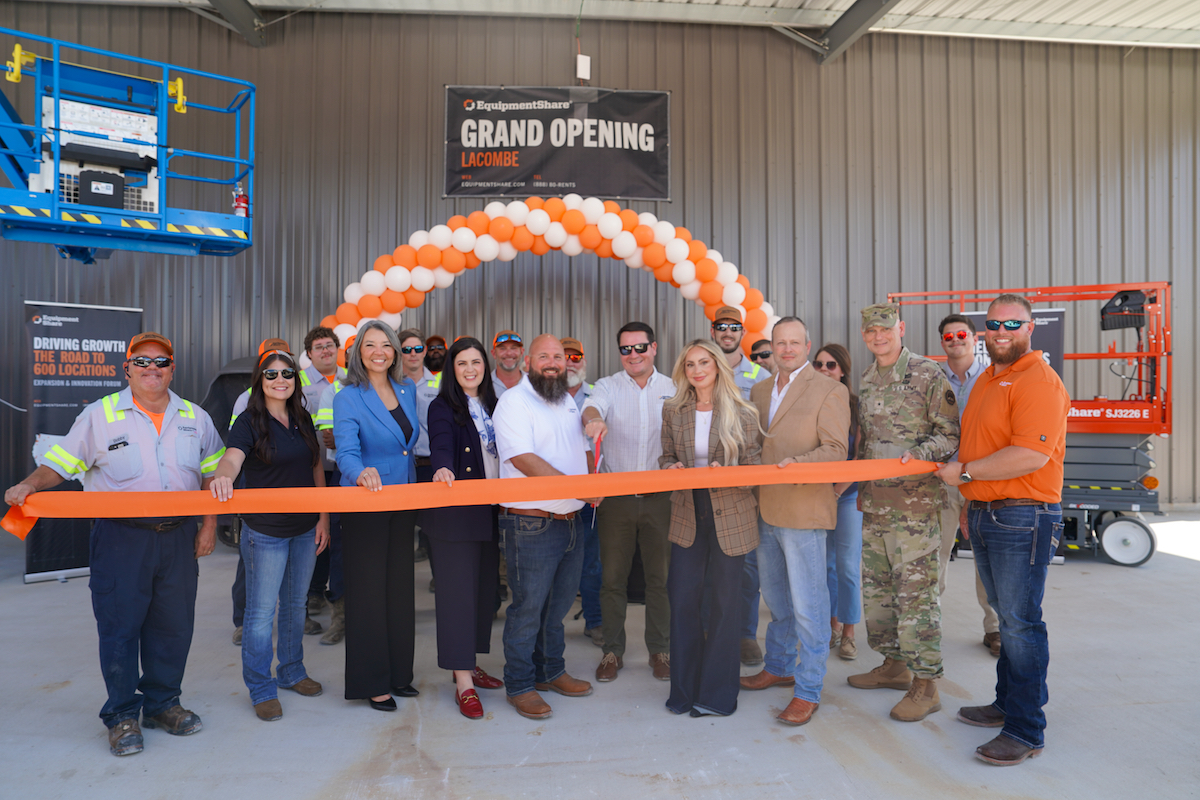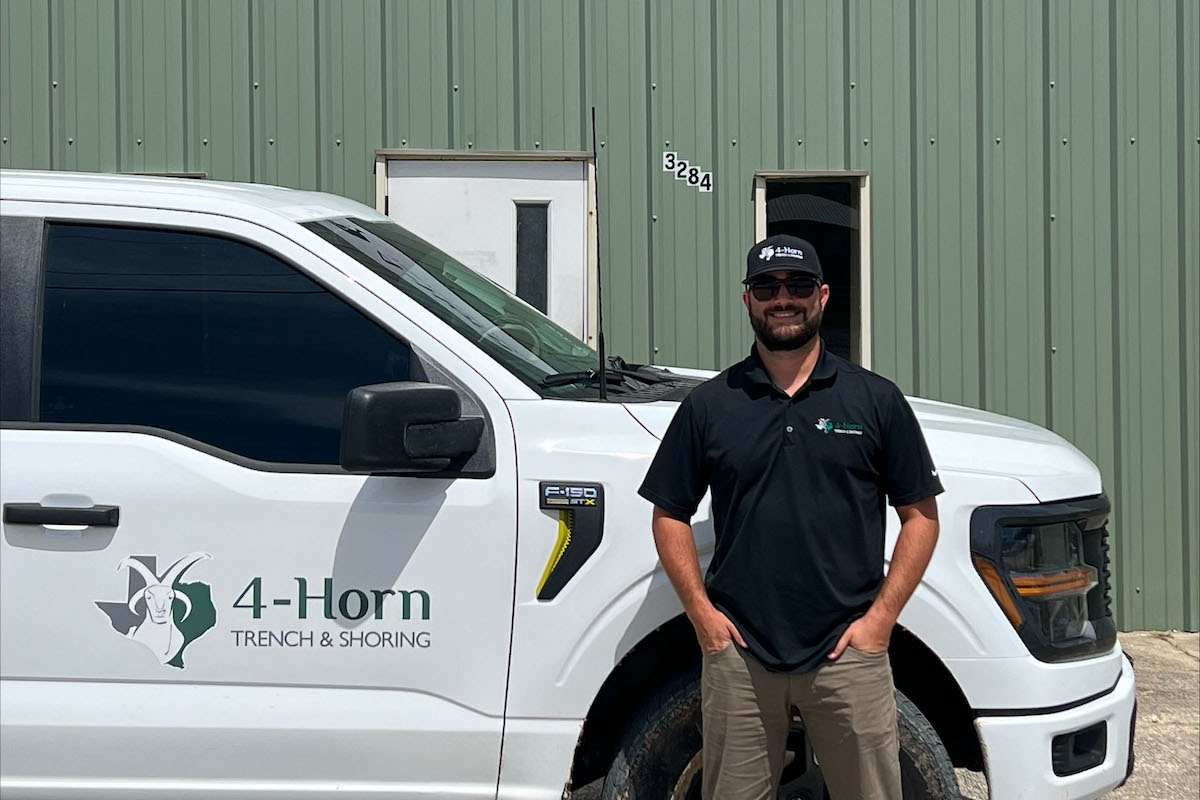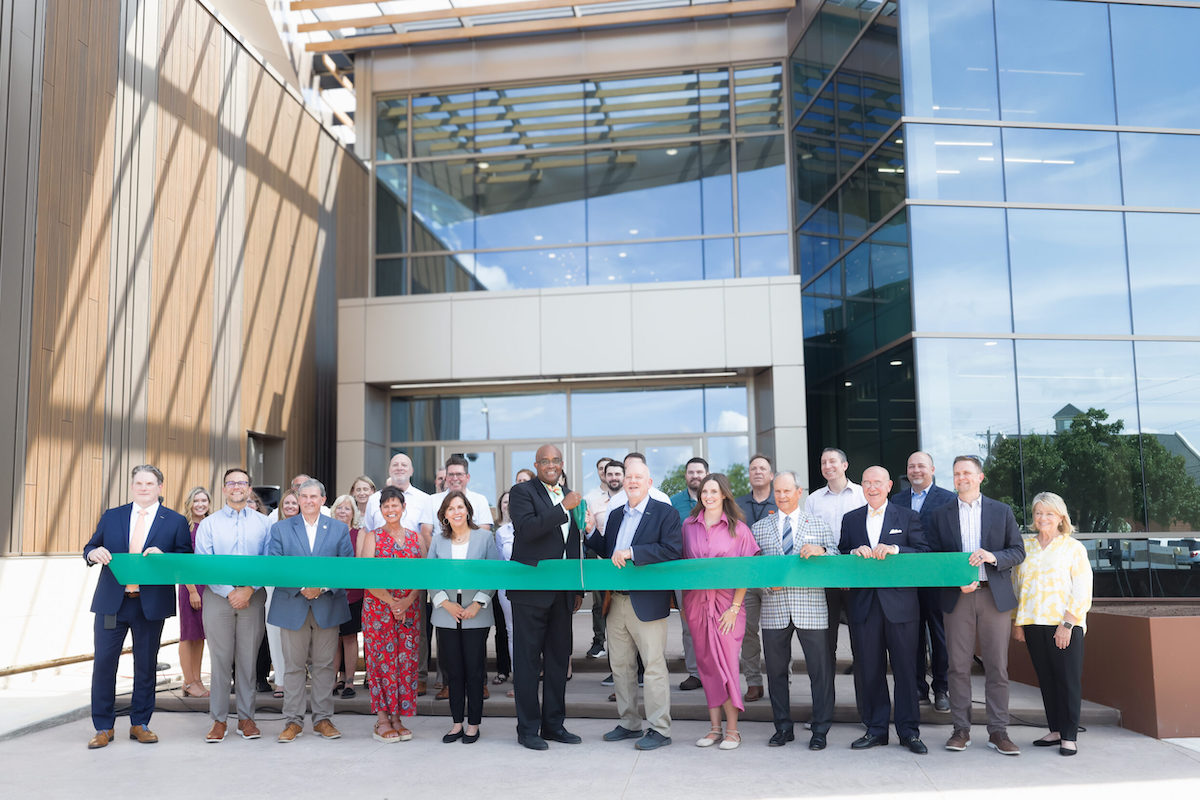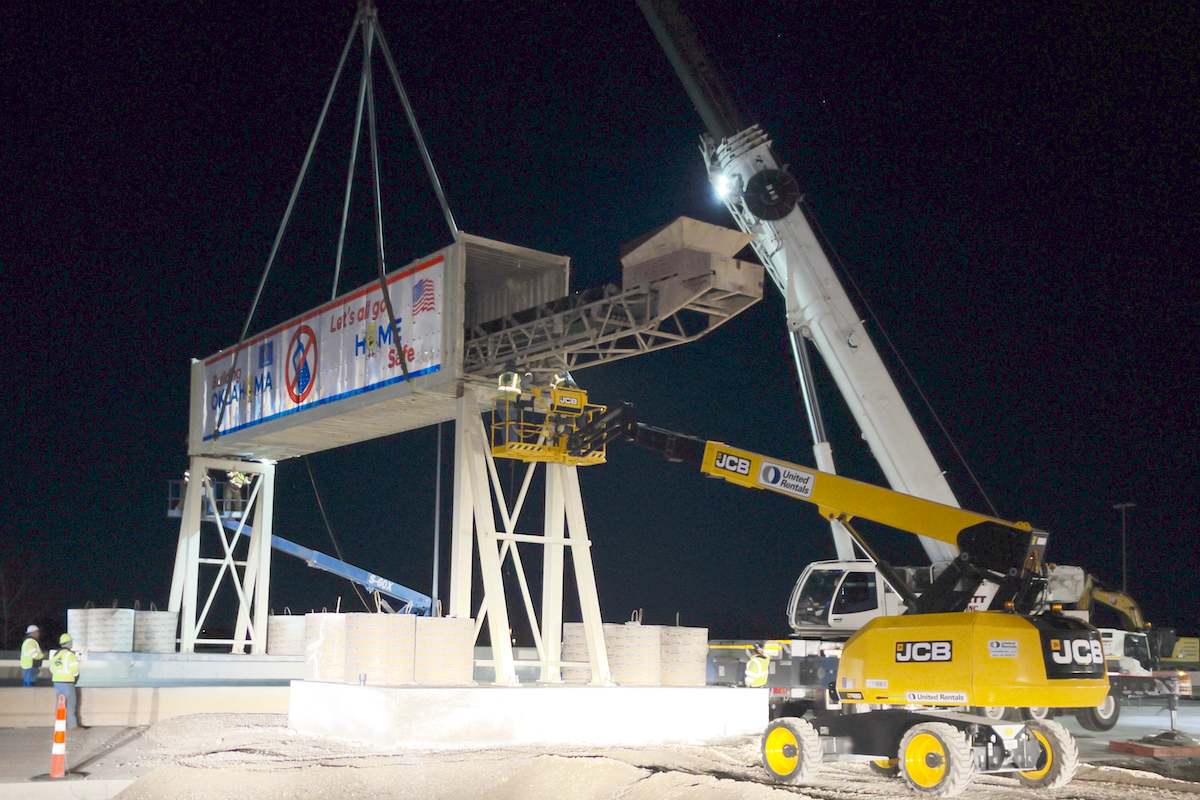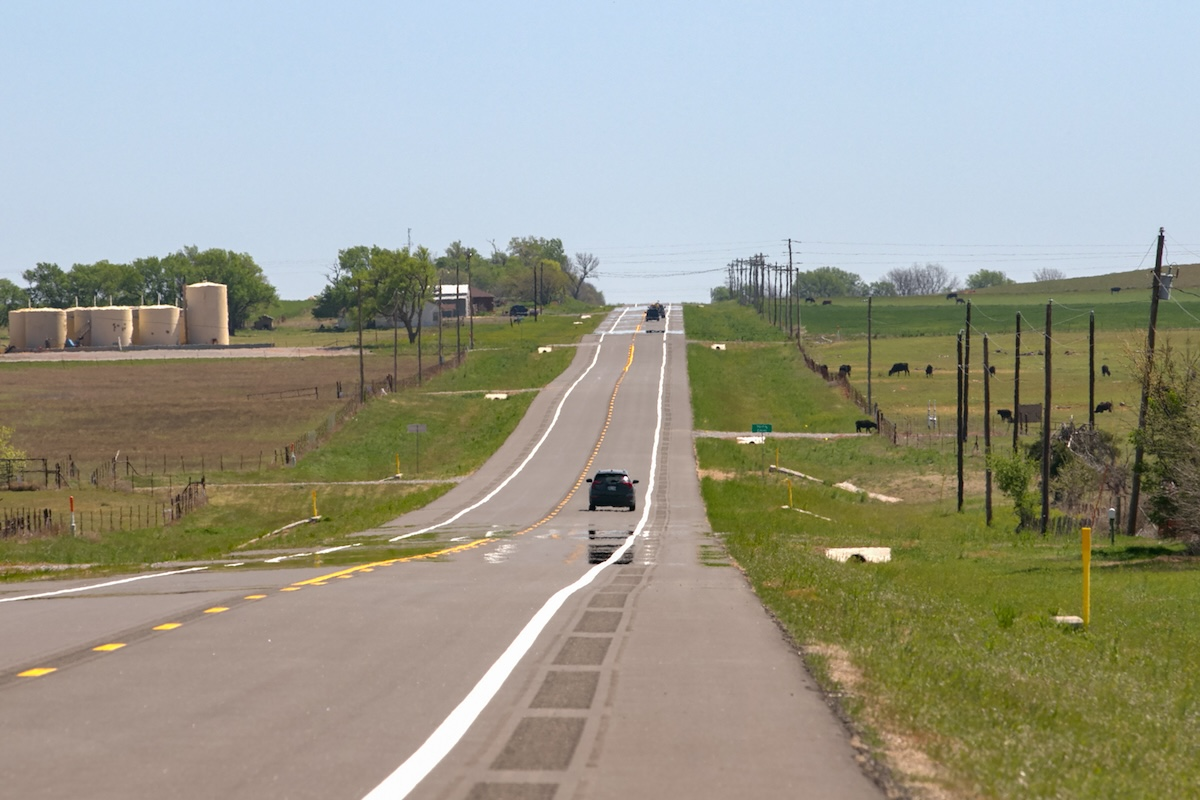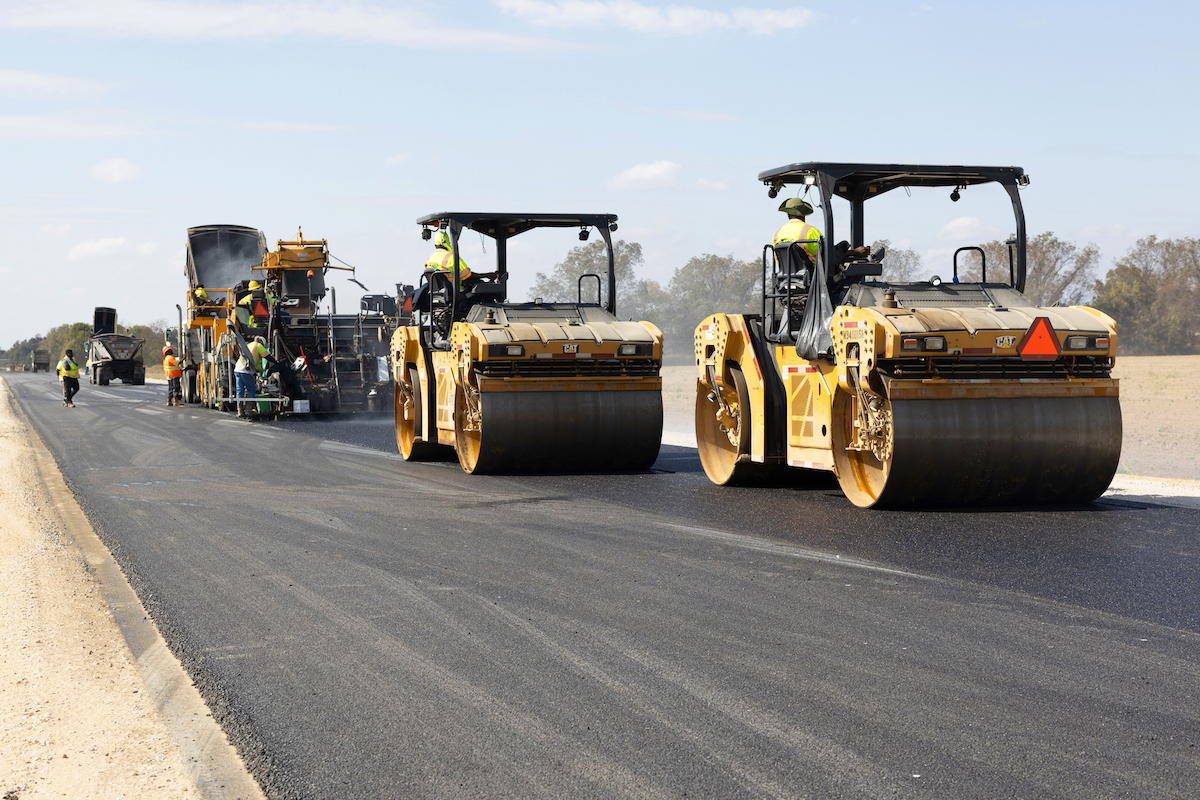The Glenn Highway 162 Butte City Bridge Replacement project is replacing an iconic turnstile drawbridge that has not opened since the 1980s. Built in 1948, locals have a soft spot for the unique bridge. However, a wider bridge that offers more clearance is needed.
The Butte City Bridge crosses the Sacramento River. The average daily traffic count is 2,700 vehicles, with 10 percent being trucks. Residents, travelers, farmers, and school buses use the bridge to travel between the county seats of Willows in Glenn County and Oroville in Butte County.
The current bridge has one 11-foot lane in each direction with a 1-foot shoulder. “Lots of farm equipment is taken across the bridge,” says James Ralston, a Resident Engineer for Caltrans, “and when it does traffic has to be stopped while the equipment passes through.” When vehicles don’t fit – whether for length or height reasons – they need to take a 34-mile detour to get to the next closest Sacramento River crossing.
The viaduct was built in 1961. Like the bridge, it has passed its life expectancy. A 2011 study found that the viaduct doesn’t meet current seismic requirements due to H-Pile section loss in some of the foundation piles.

| Your local Komatsu America Corp dealer |
|---|
| WPI |
| Kirby-Smith Machinery |
The new bridge and viaduct will feature 12-foot traffic lanes and 8-foot shoulders in each direction. The structure will feature a 4,686-foot cast-in-place prestressed box girder. The current bridge is attached to the levees. “To ensure the integrity of the levees, there’s a new requirement that the bridge goes over the levies rather than be attached,” Ralston says. So, the abutments will be off the levees and the new 4,700-foot bridge will be slightly longer than the old one.
On the site, the piles range from 80 to 200 feet deep. The team has needed to add as much as 50 feet to some piles. “We’re constantly gaining more information about piles, and we’ve had lots of reassessing how much pile we need,” Wood says. “To fabricate the pile and ship it can take months. We’re fortunate to have a good fabricator who has kept us stocked.”
Continually changing and lengthening the piles is a challenge. It’s expensive to fabricate the materials and installing them is expensive and time-consuming. These issues are occurring despite the planning the team did.
Before the team began driving piles, they did two pile load tests for capacity to determine acceptance resistance. They input the information from the hammer and calibrate it to determine how many blows per foot to get a capacity. It takes two months to do a load test. Despite all the tests and planning, the team doesn’t know if a pile will need to be extended until it’s driven.
California experienced extreme weather this winter that impacted the project. The project is taking place in a floodplain and over the river. The work zone was flooded twice, leading it to be shut down.
The first shutdown occurred in early January and lasted for three weeks, while the second one was in March and resulted in a two-week shutdown. To protect the site, the team had to mobilize major equipment and material that could be impacted and move it out of harm's way. Then, they had to move it back in when the floods receded. Ralston notes they are in regular communication with the regional flood control board.
Finally, there have been some utility issues. They were supposed to be moved before the project began, but they were still there when the team began. This has caused inefficiencies and forced the team to move the pile test.
The $114 million project has gone over budget. However, the bid price was lower than anticipated leaving funds available should it be needed, so they have not needed to request more funding. The federal government provided $94.4 million, and the remainder is from state funds, including $14.7 via SB 1.
Construction began in May 2020 and is projected to be complete in the summer of 2025. Besides the challenges noted above, the team is only allowed in the river between June 1 and October 15. Despite the challenges, the team is optimistic they can complete the project on time. The piles in the river have bubble curtains around the bottom to dampen the sound, which is good for the fish.
The new Butte City Bridge and viaduct will enhance motorist safety and help the local farming community. The added width means traffic will be able to flow regularly – allowing school buses and emergency vehicles to proceed without delay. While locals will miss their iconic bridge, the positives outweigh the loss.



















